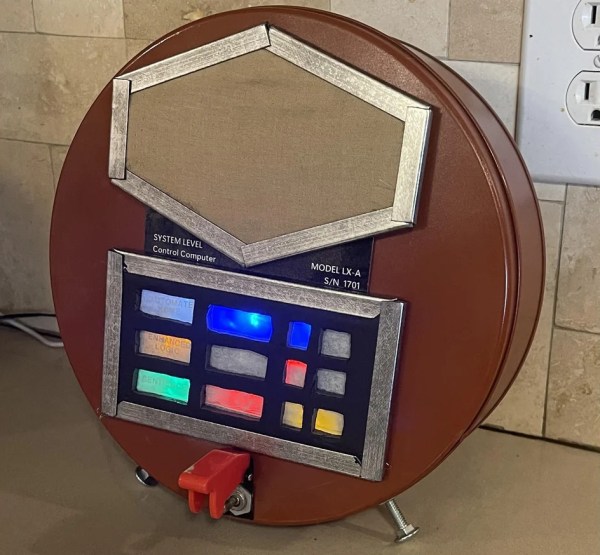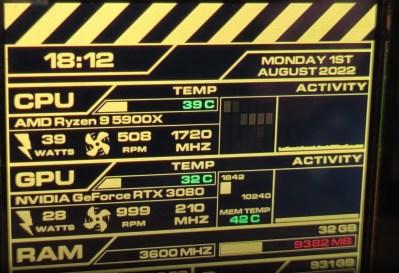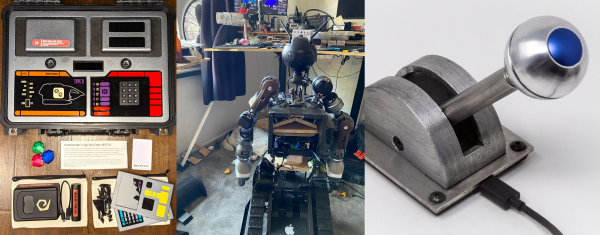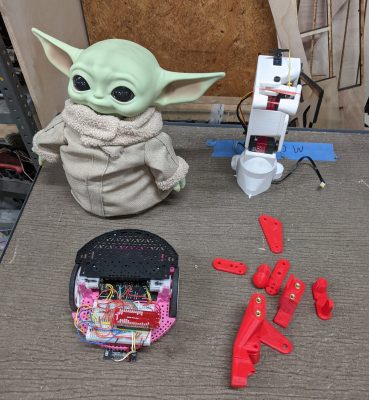Generally, the projects featured on Hackaday actually do something. We won’t go as far as to say they are practical creations, but they usually have some kind of function other than to sit there and blink. But what if just sitting still and blinking away randomly is precisely what you want a piece of hardware to do?
That was exactly the goal when [createscifi] set out to dress a Lite Brite up as a futuristic prop. On a technical level, this project is pretty much as simple as it gets. But we appreciated seeing some of the techniques brought to bear on this project, and perhaps more importantly, really like the channel’s overall goal of creating affordable sci-fi props using common components. We don’t plan on filming our own space epic anytime soon…but we like to know the option is there.
Continue reading “Light Brite Turned Sci-Fi Console On The Cheap”
























